Mastering the Basics of Cold Storage Temperature Zones
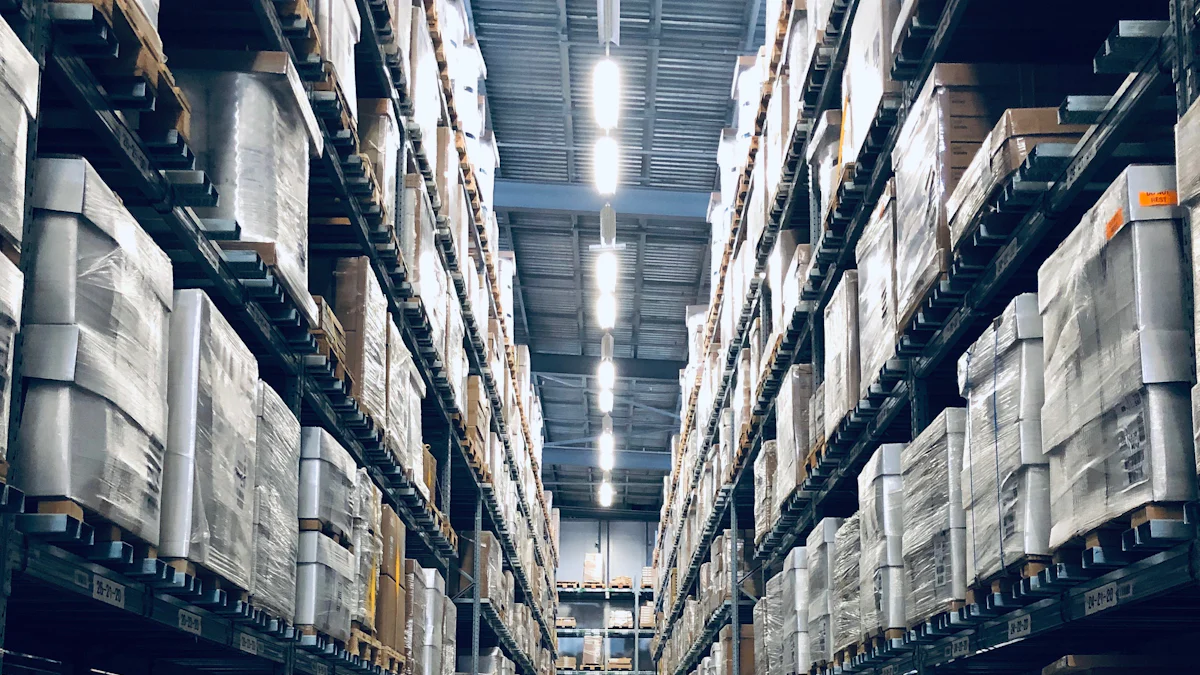
Cold storage plays a vital role in preserving the safety and quality of temperature-sensitive products. Without proper refrigeration, perishable goods like fresh meat can spoil within days, with a median spoilage time of just nine days. Stable temperatures in cold storage prevent the growth of harmful microorganisms, reducing foodborne illnesses and minimizing waste. Even slight temperature fluctuations can compromise product texture, taste, and appearance, making them less appealing to consumers. By maintaining precise temperature control, you ensure compliance with industry standards while safeguarding the integrity of your products.
What Are Cold Storage Temperature Zones?
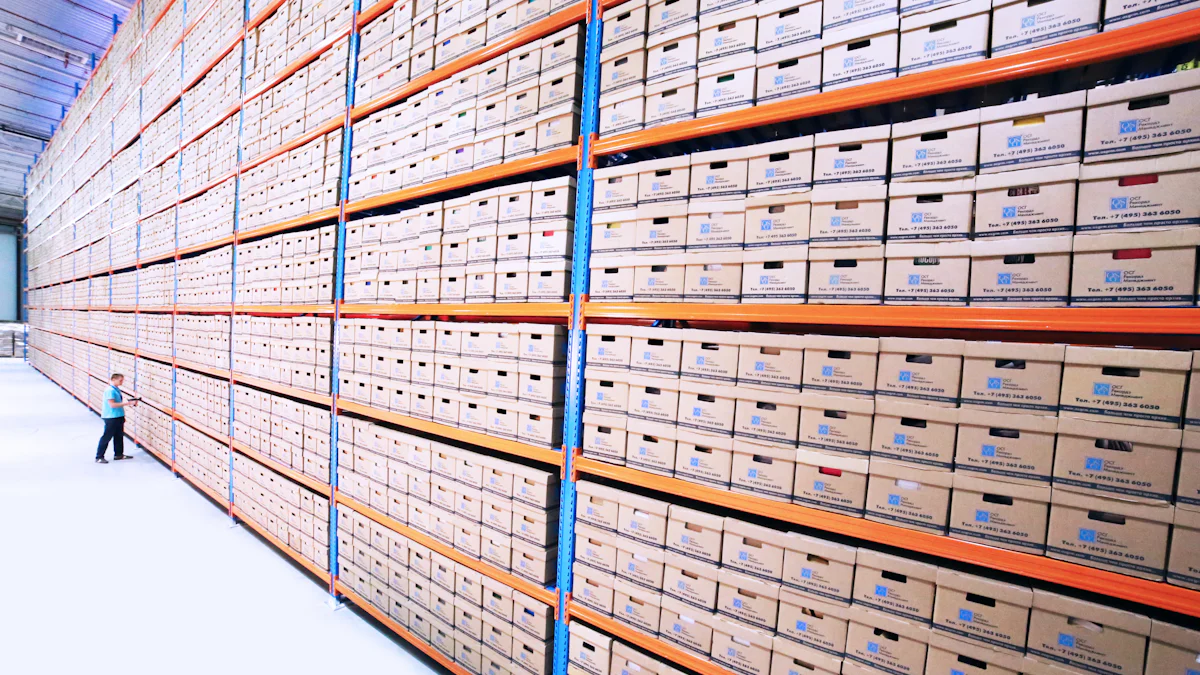
Cold storage temperature zones are essential for preserving the quality and safety of temperature-sensitive products. These zones are carefully defined ranges of temperatures designed to meet the specific needs of various goods, such as food, pharmaceuticals, and chemicals. By maintaining precise conditions, you can prevent spoilage, extend shelf life, and ensure compliance with industry standards.
Definition and Purpose of Cold Storage Temperature Zones
Cold storage temperature zones refer to distinct temperature ranges within cold storage facilities. Each zone serves a unique purpose, tailored to the requirements of different products. For example:
Chilled zones maintain temperatures just above freezing, ideal for fresh produce, dairy, and beverages.
Frozen zones keep goods at sub-zero temperatures, preserving items like meat, seafood, and frozen meals.
Ultra-low zones cater to highly sensitive products, such as vaccines and certain chemicals, requiring extreme cold conditions.
The primary purpose of these zones is to create an environment that inhibits microbial growth and chemical reactions. This ensures that perishable goods remain safe for consumption or use.
Importance of Cold Storage Temperatures in Product Safety and Quality
Maintaining proper cold storage temperatures is critical for safeguarding product integrity. Temperature fluctuations can lead to spoilage, loss of texture, and diminished nutritional value. For instance, fresh fruits stored at incorrect temperatures may ripen too quickly or develop mold, making them unsuitable for sale.
Precise temperature control also plays a vital role in preventing bacterial growth. Harmful microorganisms thrive in specific temperature ranges, but cold storage inhibits their activity. This reduces the risk of foodborne illnesses and ensures that pharmaceuticals retain their efficacy.
Scientific Research Findings: Studies highlight that effective temperature control in cold storage facilities significantly reduces spoilage and extends the lifespan of perishable goods. Advanced monitoring systems allow real-time adjustments, ensuring optimal conditions for sensitive products.
Overview of Temperature Zone Classifications in the Cold Storage Industry
The cold storage industry classifies temperature zones based on the needs of various sectors. These classifications include:
Chilled Zone: Typically maintained between 33°F and 55°F, this zone is suitable for fresh produce, dairy, and beverages.
Frozen Zone: Ranges from 0°F to -20°F, ideal for long-term storage of frozen foods like meat and seafood.
Ultra-Low Zone: Operates below -20°F, often used for pharmaceuticals, vaccines, and specialized chemicals.
Each classification ensures that products are stored under conditions that maximize their shelf life and quality. Understanding these zones helps you select the right type of cold storage for your business needs.
By mastering the basics of cold storage temperature zones, you can make informed decisions that protect your products and enhance your operational efficiency.
Types of Cold Storage Temperature Zones
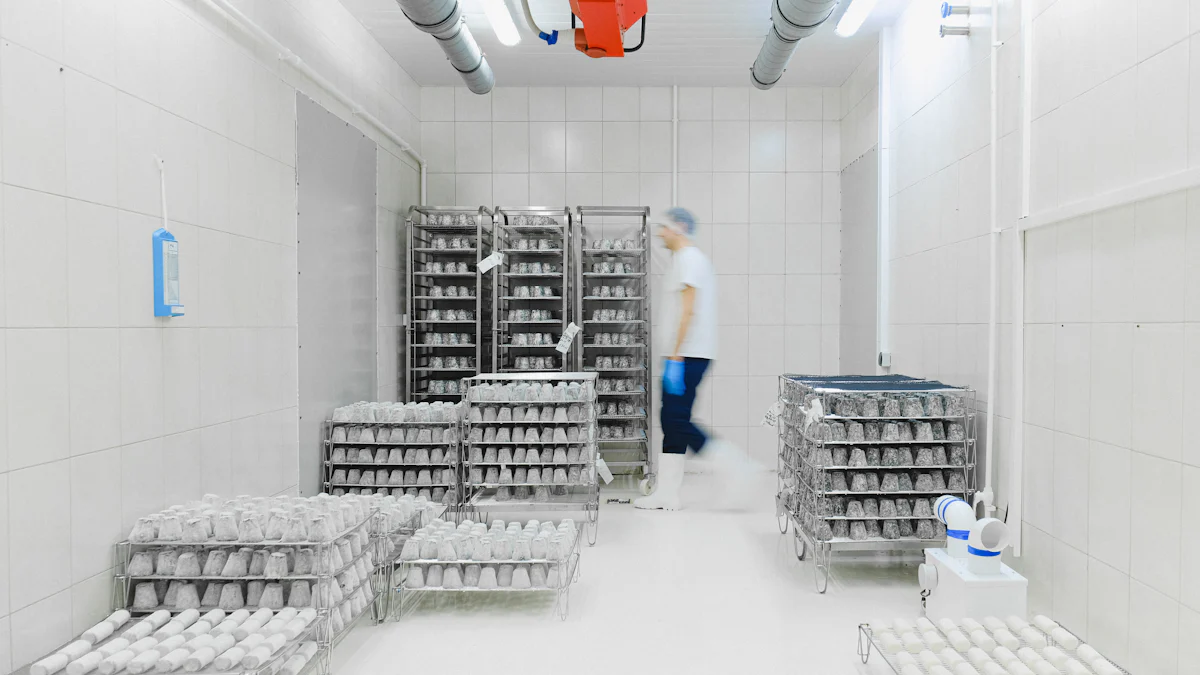
Understanding the different types of cold storage temperature zones is essential for preserving the quality and safety of various products. Each zone serves a specific purpose, tailored to the unique requirements of perishable goods. Let’s explore these zones in detail.
Chilled Zone
Typical Temperature Range and Applications
The chilled zone operates within a temperature range of 33°F to 55°F. This range is ideal for products that require refrigeration but not freezing. You can use this zone to store fresh produce, dairy products, and beverages. These items remain fresh and retain their nutritional value when stored at these temperatures.
Chilled zones are particularly important for perishable goods like fruits and vegetables. Improper storage can lead to rapid ripening or spoilage. For example, fresh produce stored above 55°F may lose its texture and taste. Dairy products, such as milk and cheese, also benefit from this controlled environment, as it prevents bacterial growth and extends shelf life.
Did You Know? Refrigerated cold storage in the chilled zone not only preserves food quality but also reduces waste by slowing down spoilage rates.
Frozen Zone
Typical Temperature Range and Applications
The frozen zone maintains temperatures between 0°F and -20°F. This zone is critical for long-term storage of frozen foods, including meat, seafood, and ready-to-eat meals. By keeping products at sub-zero temperatures, you can prevent microbial activity and preserve their quality for extended periods.
Frozen foods, such as ice cream and frozen vegetables, rely on this zone to maintain their texture and flavor. If the temperature rises above -18°C (0°F), frozen items may become discolored and lose essential nutrients, such as vitamins. Distributors of frozen foods depend on efficient cold storage to ensure that products reach consumers in optimal condition.
Pro Tip: Always ensure that frozen goods are stored in secure, well-insulated facilities to avoid temperature fluctuations that could compromise their quality.
Ultra-Low Zone
Typical Temperature Range and Applications
The ultra-low zone operates at temperatures below -20°F. This zone is designed for highly sensitive products, such as vaccines, pharmaceuticals, and certain chemicals. These items require extreme cold conditions to maintain their efficacy and stability.
For example, vaccines stored in ultra-low temperature zones remain effective by preventing degradation. Similarly, specialized chemicals used in industrial applications benefit from these conditions, as they prevent unwanted reactions. This zone is indispensable for industries that handle delicate materials requiring precise temperature control.
Quick Fact: Advanced refrigerated cold storage units often include ultra-low zones with real-time monitoring systems to ensure consistent conditions for sensitive products.
By understanding these types of cold storage temperature zones, you can make informed decisions about the best storage solutions for your products. Whether you need a chilled zone for fresh produce or an ultra-low zone for pharmaceuticals, selecting the right type of cold storage ensures product safety and quality.
Applications of Cold Storage Temperature Zones
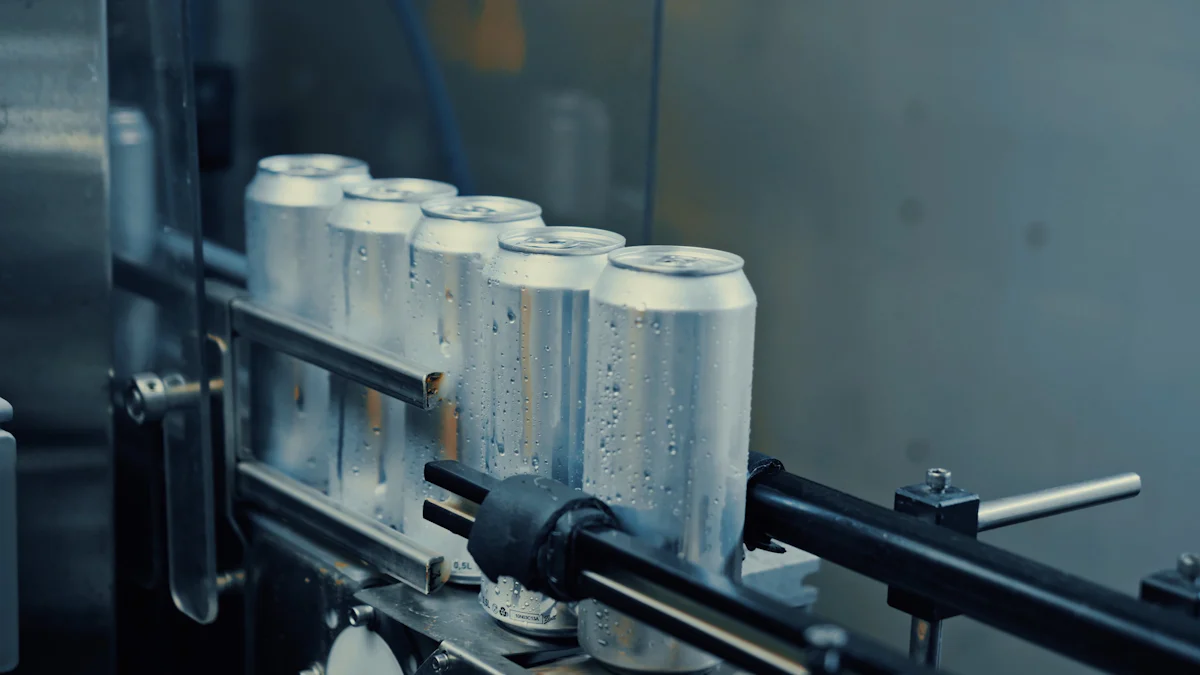
Cold storage temperature zones play a crucial role in various industries. By maintaining specific temperature ranges, you can ensure the safety, quality, and longevity of sensitive products. Let’s explore how these zones are applied across different sectors.
Food and Beverage Industry
In the food and beverage industry, cold storage is essential for preserving perishable goods. You rely on chilled zones to store fresh produce, dairy products, and beverages. These zones prevent spoilage by slowing down microbial growth and enzymatic activity. For example, fruits and vegetables stored in a chilled zone retain their texture and flavor longer, ensuring they reach consumers in optimal condition.
Frozen zones are indispensable for long-term storage of items like meat, seafood, and frozen meals. By keeping these products at sub-zero temperatures, you can maintain their nutritional value and prevent bacterial growth. Ice cream, for instance, requires consistent freezing to preserve its creamy texture and taste.
Quick Tip: Using advanced cold storage facilities with precise temperature control helps reduce food waste and ensures compliance with food safety regulations.
Pharmaceutical and Medical Industry
The pharmaceutical and medical industry depends heavily on cold storage warehousing to maintain the efficacy of temperature-sensitive products. Vaccines, biologics, and certain medications require ultra-low zones to remain stable and effective. For example, vaccines stored below -20°F retain their potency, ensuring they provide the intended protection.
Pharmaceutical cold storage differs from other industries because it focuses on strict temperature control and regulatory compliance. Clean rooms may also be integrated into cold storage facilities to ensure a sterile environment for handling sensitive materials. This combination guarantees the safety and reliability of medical products.
Did You Know? Real-time monitoring systems in cold storage warehouses help detect temperature fluctuations, protecting valuable pharmaceutical products from damage.
Industrial and Chemical Applications
In industrial and chemical sectors, cold storage temperature zones support the safe handling and storage of specialized materials. Certain chemicals require ultra-low zones to prevent unwanted reactions or degradation. For instance, some adhesives and industrial compounds remain stable only under extremely cold conditions.
Chilled zones also serve industrial applications by preserving technological components like batteries and electronic materials. These items often need controlled environments to maintain their functionality and extend their shelf life. Cold storage warehousing provides the flexibility to store diverse materials while ensuring their integrity.
Pro Insight: Investing in scalable cold storage solutions allows you to adapt to changing inventory needs, ensuring efficient operations in industrial settings.
By understanding the applications of cold storage temperature zones, you can optimize your storage strategies to meet industry-specific requirements. Whether you work in food, pharmaceuticals, or industrial sectors, leveraging the right cold storage solutions ensures product safety and quality.
Best Practices for Maintaining Cold Storage Facilities
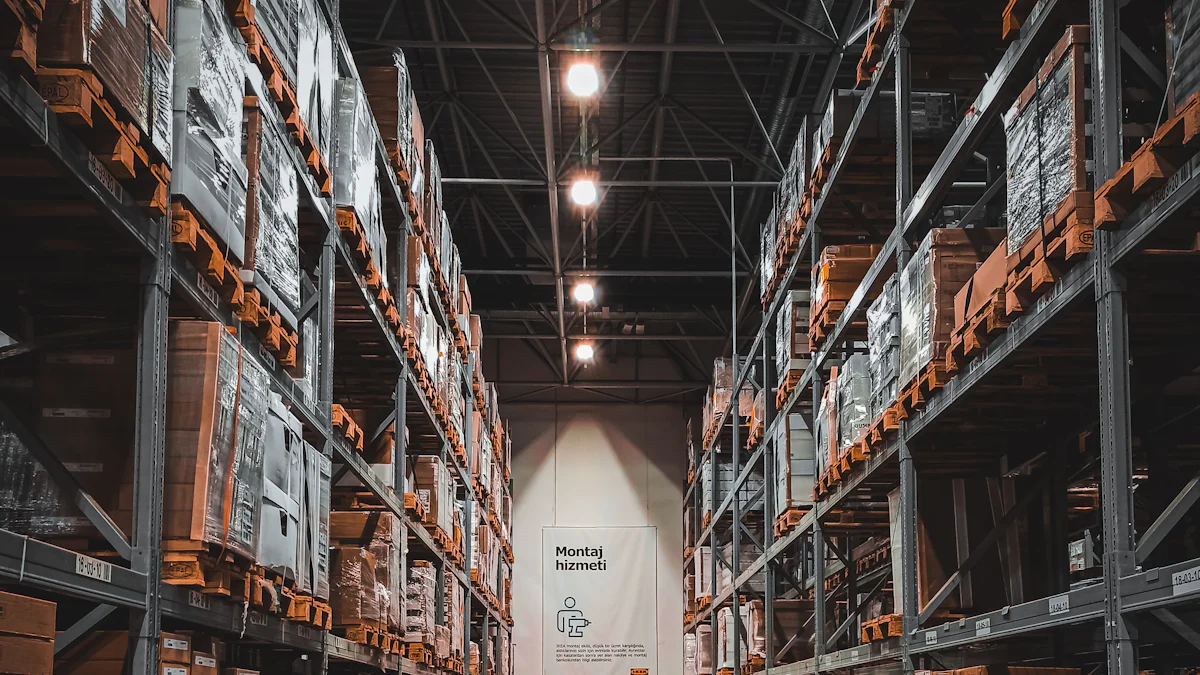
Maintaining cold storage facilities requires a proactive approach to ensure product safety, operational efficiency, and compliance with industry standards. By following these best practices, you can optimize your facility's performance and safeguard your temperature-sensitive goods.
Monitoring and Temperature Control
Effective monitoring and precise temperature control form the backbone of any successful cold storage operation. You must implement advanced systems to track and regulate temperatures in real time. Automated sensors and monitoring devices help detect fluctuations immediately, allowing you to take corrective action before any damage occurs.
Expert Insight: "Maintaining accurate temperature control requires a combination of technology and best practices," says Laboratory Temperature Control, a leader in temperature monitoring solutions. These systems ensure that your products remain within the required temperature ranges, preserving their quality and safety.
Temperature-controlled cold storage facilities benefit from integrating HVAC systems designed specifically for refrigeration. These systems maintain consistent airflow and cooling, preventing uneven temperature distribution. Regular calibration of monitoring equipment ensures accuracy, which is critical for meeting cold storage requirements across industries like food and pharmaceuticals.
Pro Tip: Set up alerts for temperature deviations. These notifications allow you to respond quickly to potential issues, minimizing risks to your stored goods.
Equipment Maintenance and Upkeep
The reliability of your cold storage warehouse depends on the condition of its equipment. Routine maintenance of refrigeration units, HVAC systems, and insulation is essential to prevent breakdowns and ensure consistent performance. You should schedule regular inspections to identify wear and tear or potential failures.
Cleaning and sanitizing equipment also play a vital role in maintaining safety requirements. Dust and debris can compromise the efficiency of cooling systems, leading to temperature inconsistencies. By keeping your equipment in top condition, you reduce energy consumption and extend the lifespan of your facility's infrastructure.
Quick Tip: Create a maintenance checklist that includes inspecting seals, cleaning evaporator coils, and testing backup power systems. This ensures uninterrupted operation even during emergencies.
Ensuring Safety and Compliance in Cold Storage Warehouses
Safety requirements in cold storage warehousing go beyond protecting products. You must also prioritize worker safety. Cold environments pose unique challenges, such as frostbite risks and slippery surfaces. Providing proper protective gear, like insulated gloves and boots, helps safeguard your employees.
Compliance with industry regulations is non-negotiable. Adhering to safety standards ensures that your facility meets legal requirements while maintaining the integrity of stored goods. Regular audits and documentation of temperature regulation practices demonstrate your commitment to quality and safety.
Did You Know? The pharmaceutical industry demands exacting standards for temperature control to preserve product efficacy. Facilities storing vaccines or biologics must meet ultra-low temperature requirements to ensure their stability.
Training your staff on best practices for storing chilled goods and handling temperature-sensitive products is equally important. Educated employees can identify potential issues and take immediate action, reducing the likelihood of costly errors.
By implementing these best practices, you create a robust framework for managing cold storage facilities. From precise temperature control to rigorous equipment maintenance, every step contributes to the safety and quality of your stored products.
Common Challenges in the Cold Storage Industry and Solutions

The cold storage industry faces several challenges that can impact efficiency, product safety, and operational costs. Addressing these challenges requires proactive strategies and innovative solutions. Below, you will find a detailed guide to overcoming some of the most common obstacles.
Energy Efficiency and Sustainability
Energy consumption is one of the largest expenses in cold storage facilities. Maintaining temperature-controlled warehouses demands significant power, especially when managing multiple zones. To reduce costs and improve sustainability, you can adopt energy-efficient technologies and practices.
Upgrade Refrigeration Systems: Modern refrigeration systems use advanced cooling mechanisms that consume less energy. High-quality insulation materials also help maintain safe temperature levels with minimal energy loss.
Implement Preventive Maintenance: Regular inspections of your HVAC system and refrigeration units ensure optimal performance. This reduces energy waste caused by malfunctioning equipment.
Explore Alternative Energy Sources: Solar power and other renewable energy options can offset electricity costs. These solutions also align with sustainability goals, making your facility eco-friendly.
Optimize Temperature Control Systems: Automated systems allow precise control of temperature zones, minimizing unnecessary energy use. For example, adjusting the chilled zone to meet specific product needs prevents overcooling.
Pro Tip: Investing in energy-efficient technologies not only lowers costs but also enhances your facility’s environmental footprint, which is increasingly important in today’s market.
Managing Operational Disruptions
Operational disruptions in cold storage warehousing can lead to product spoilage, financial losses, and customer dissatisfaction. You must prepare for potential issues to ensure smooth operations.
Backup Power Systems: Power outages pose a significant risk to temperature-controlled warehouses. Installing reliable backup generators ensures uninterrupted cooling during emergencies.
Real-Time Monitoring: A temperature monitoring system helps detect fluctuations immediately. Quick action prevents products from entering the danger zone, where bacterial development accelerates.
Staff Training: Educate your team on handling disruptions effectively. Trained employees can identify risks, such as cross contamination or equipment failure, and respond promptly.
Quick Fact: Studies show that real-time monitoring systems reduce spoilage rates by up to 30%, making them an essential tool for maintaining consistent conditions.
Maintaining Consistent Cold Storage Temperatures
Temperature consistency is critical in cold storage facilities. Fluctuations can lead to bacterial development, contamination, and product degradation. To maintain safe temperature levels, follow these best practices:
Regular Equipment Checks: Inspect refrigeration units, HVAC systems, and insulation for wear and tear. Faulty equipment often causes temperature inconsistencies.
Zoning Strategies: Divide your warehouse into distinct zones based on product requirements. For example, chilled zones for fresh produce and ultra-low zones for vaccines. This approach ensures each product remains in its ideal environment.
Adhere to Guidelines: Follow industry guidelines to maintain safe temperature ranges. A guide to chilling can help you understand the specific needs of different products.
Prevent Cross Contamination: Store products in separate zones to avoid cross contamination. For instance, raw meat should never share space with ready-to-eat foods.
Expert Insight: “Maintaining consistent temperatures is not just about cooling; it’s about precision. Even a slight deviation can push products into the danger zone,” says a leading cold storage consultant.
By addressing these challenges with effective solutions, you can enhance the efficiency and reliability of your cold storage warehouse. Whether it’s improving energy efficiency, managing disruptions, or maintaining consistent temperatures, these strategies will help you safeguard your products and optimize operations.
Understanding and managing cold storage temperature zones is essential for preserving the quality and safety of your products. Proper temperature control ensures that perishable goods remain fresh, pharmaceuticals retain their efficacy, and sensitive materials stay intact. A temperature-controlled warehouse provides the precision needed to prevent spoilage and maintain compliance with industry standards. By adopting best practices and leveraging advanced cold storage warehouse solutions, you can optimize operations, reduce waste, and protect your inventory. Take proactive steps today to ensure your products meet the highest standards of safety and quality.
See Also
The Importance Of Cold Storage And Its Functionality
Essential Strategies For Maintaining Cold Room Temperatures
Exploring The Purpose And Benefits Of Cold Rooms
Comparing Container Cold Rooms And Conventional Storage Solutions
Solving Storage Challenges With Versatile Cold Storage Options

